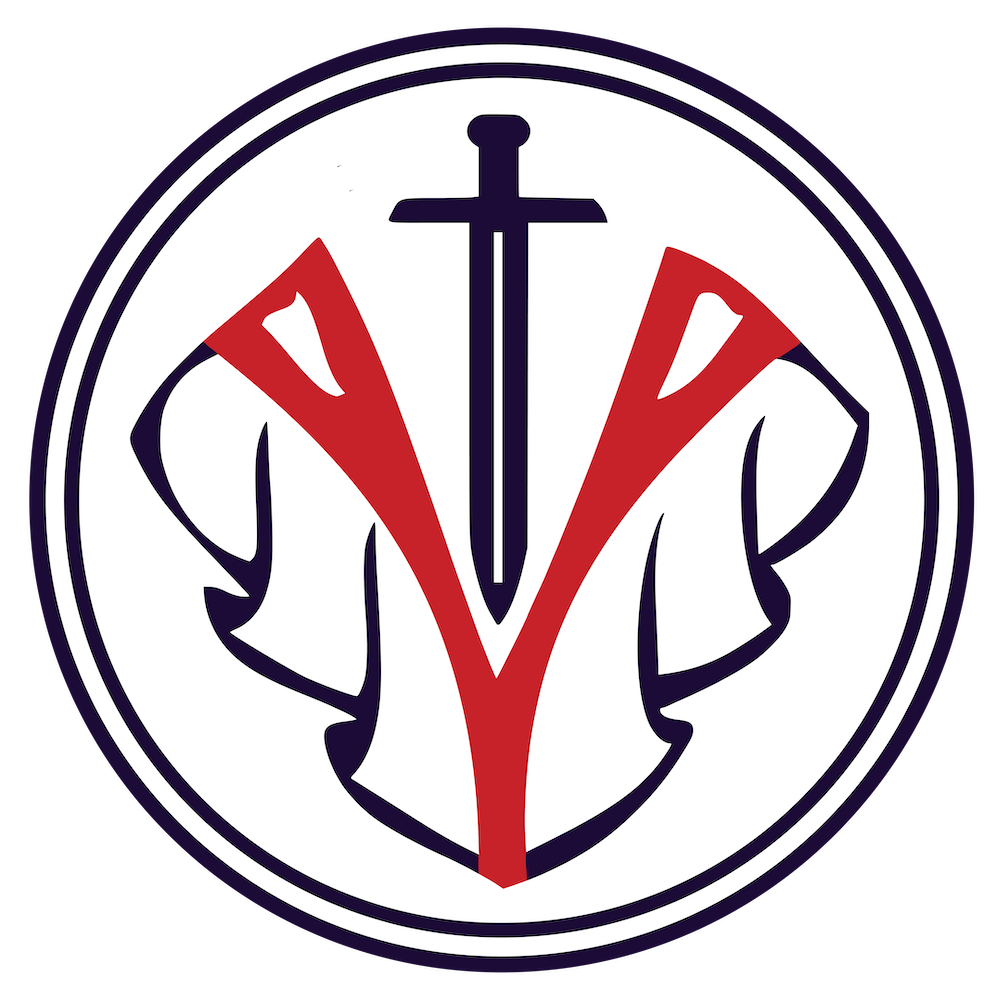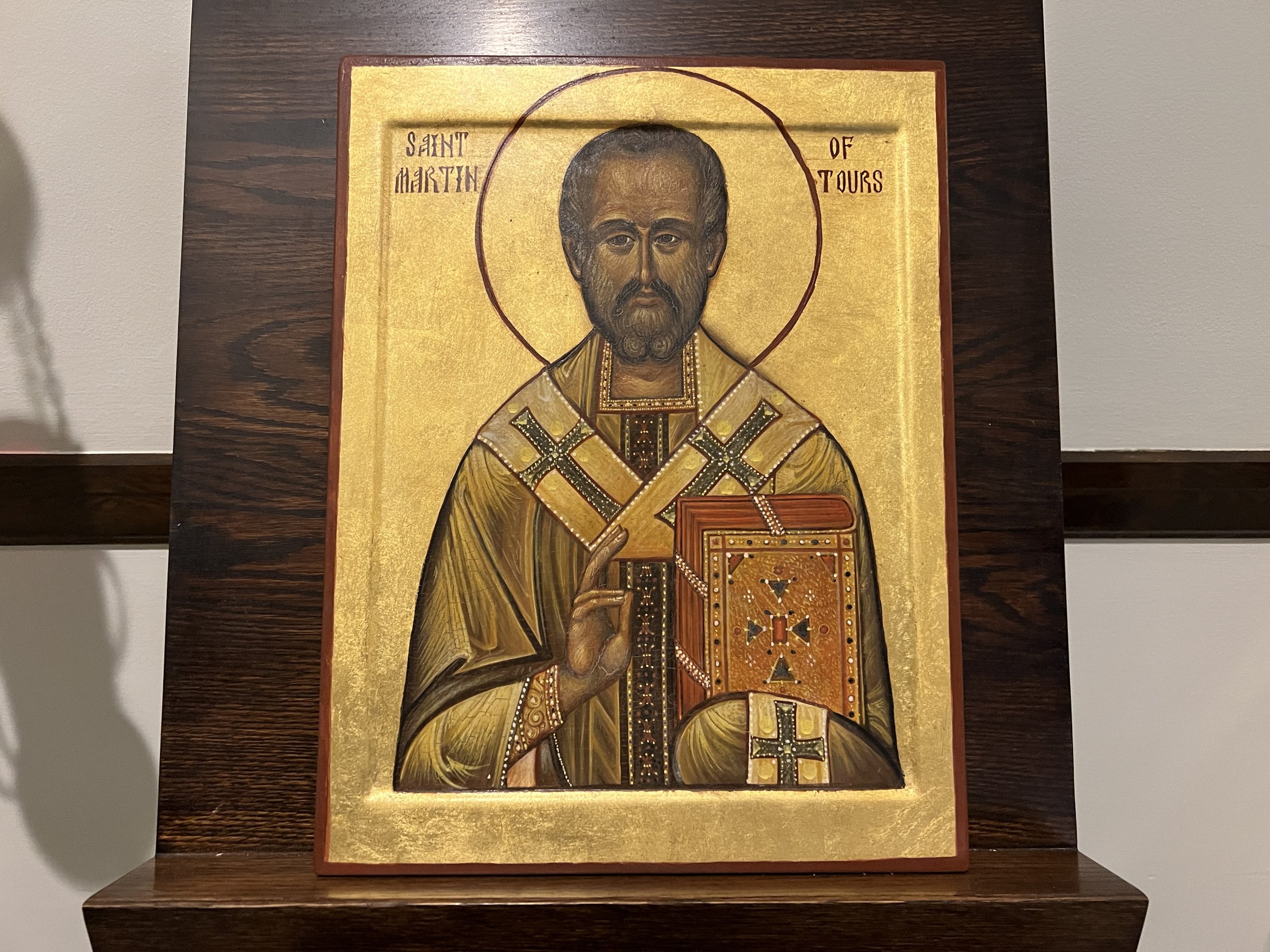Who was St. Martin anyway?
A Soldier, A Monk, A Bishop, A Saint
“A soldier who wanted to be a monk; a monk who was maneuvered into being a bishop; a bishop who fought paganism as well as pleaded for mercy to heretics—such was Martin of Tours, one of the most popular of saints and one of the first not to be a martyr. Born of pagan parents in what is now Hungary in the year 316 AD and raised in Italy, this son of a veteran was forced at the age of 15 to serve in the Roman army and was baptized into the faith at age 18.
“The most-repeated story/legend about his life goes like this: One day, as a soldier in the Roman army, Martin was approaching the gates of the city of Amiens. There, he met a scantily clad beggar, and, impulsively, Martin cut his military cloak in half with his sword to share with the man to help him survive the cold. That night, Martin dreamed of Jesus wearing the half-cloak he had given away. In this vision, he heard Jesus say to the angels: ‘Martin, who is still but a catechumen (one new to the faith), clothed me with this robe.’
“It was said that he lived more like a monk than a soldier before this experience, but even more so afterward. At 23, he refused a war bonus and told his commander: ‘I have served you as a soldier; now let me serve Christ.’ He was discharged, and after becoming a monk, living in Milan and Poitiers, and establishing what may have been the first French monastery there, the people of Tours demanded that he become their bishop. He reluctantly agreed. According to one version of events, he was so unwilling to be made bishop that he hid in a barn full of geese, but their cackling at his intrusion gave him away to the crowd. Some of the consecrating bishops also thought his rumpled appearance and unkempt hair indicated that he was not dignified enough for the office, but he was consecrated nonetheless.”
“In a controversial part of his time as Bishop of Tours, Martin rejected, along with Saint Ambrose, Bishop Ithacius’s principle of putting heretics to death—as well as the intrusion of the emperor into such matters. He prevailed upon the emperor to spare the life of the heretic Priscillian. For his efforts, Martin was accused of the same heresy, and Priscillian was executed after all. Martin then pleaded for a cessation of the persecution of Priscillian’s followers in Spain. He still felt he could cooperate with Ithacius in other areas, but afterwards his conscience troubled him about this decision.”
It is traditionally believed that Martin died on November 8, 397 AD, and was buried three days later, on November 11. The Episcopal Church, and thus St. Martin’s in Charlotte, celebrates his Feast Day on November 11 each year, or on the closest Sunday. This Feast Day also falls on Veterans’ Day in the United States, a fitting connection for a saint who was a veteran himself.
St. Martin of Tours inspires us today to also ‘split our cloak,’ to be with those in need, and to live lives fully devoted to Christ and his Church, even in the face of cultural pressures to do otherwise.
Sourced, quoted, and loosely adapted from St. Martin’s profile on FranciscanMedia.org, Wikipedia’s entry on St. Martin, and an 1894 book by Severus Sulpicius (quite a name!) entitled, “On the Life of St. Martin.”



